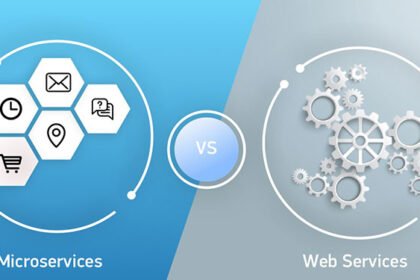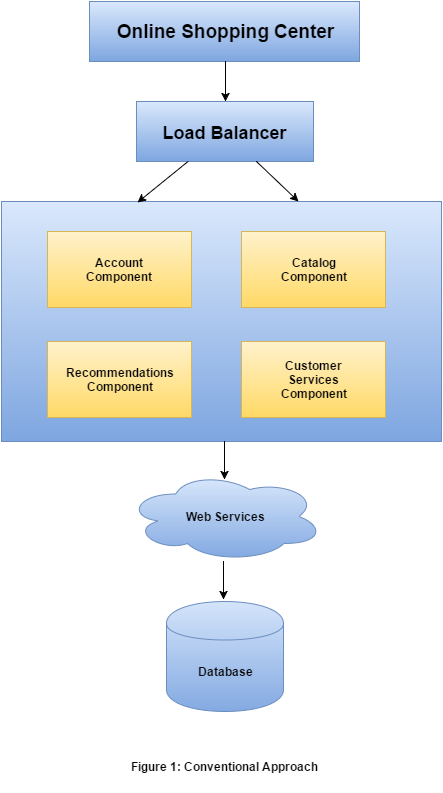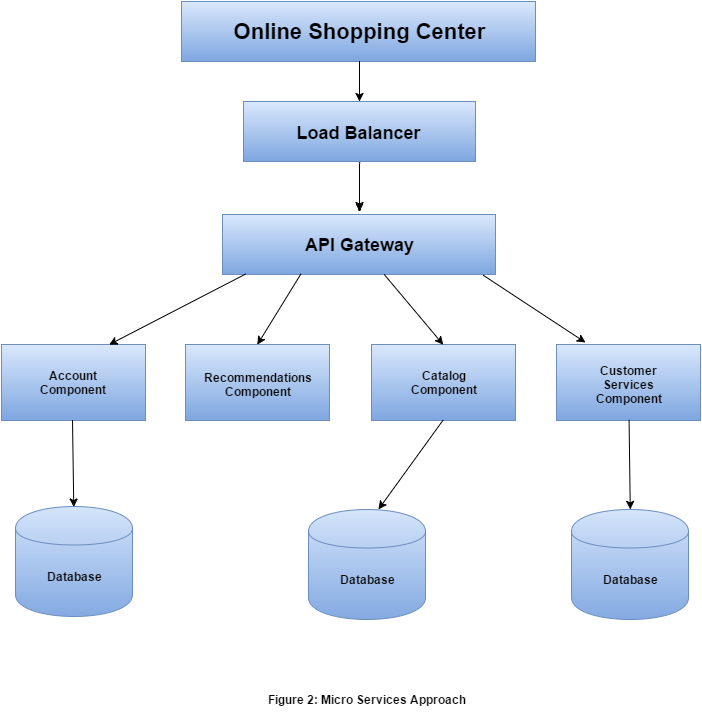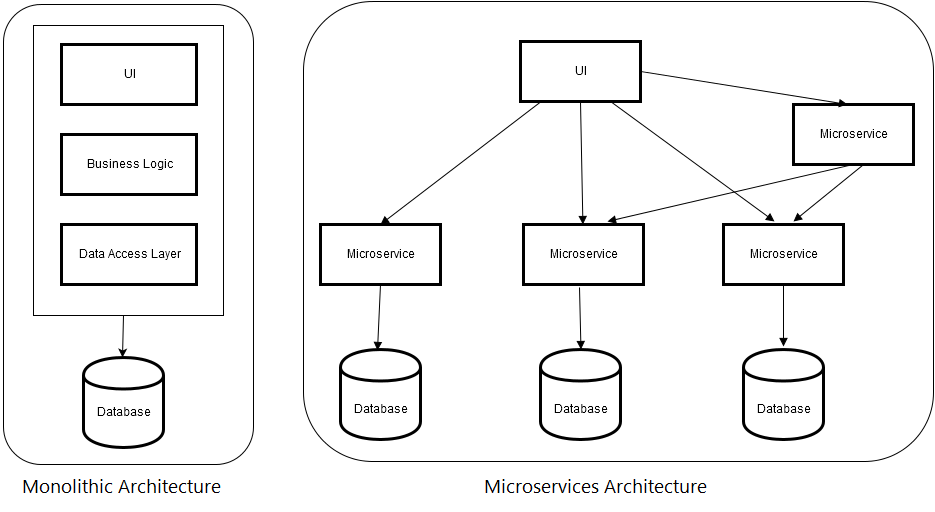What is the difference between web and micro services?

Micro Services and Web Services are two distinct principles of Application Development Design, distinguished by their layered architecture and development style. This blog goes into more depth on these terms, as well as the distinction between Web Services and Micro Services.
What exactly is Web Service?
A web service is a method of exposing an application’s features to other applications without the use of a user interface. It is a service that provides an API over HTTP.
Web Services allow applications built-in various techniques to communicate with one another using a standard format such as XML, Jason, and so on. Web applications are not limited to any single operating system or programming language. For example, a Java program may interact with one written in C#, Android, or another language, and vice versa.
Web Services are a connection technology that enables services to be connected together in a Service Focused Architecture (SOA).
What exactly is a MicroService?
A micro infrastructure is a service that can be deployed individually and is based on a business domain. It is a technique for dividing broad software applications into loosely coupled modules, with each service running its own process and communicating through APIs. It can be built with messaging or event-driven APIs, as well as non-HTTP-backed RPC mechanisms.
Micro Services are intended to handle failures and breakdowns in broad systems. Since several distinct systems communicate with one another, a single service can malfunction, but the overall larger implementations are unaffected by the failure of a single node.
Representation of Use-Case
Let’s look at an overview of an online shopping center to help us grasp these principles.
Figure 1: Depicts the Monolithic Architecture used to create the Online Shopping Center Web Application. There is one Online Service in this program that interacts with the website and servers. As a result, this webserver could be running a variety of administrative functions related to database operations.

Figure 2: Depicts the creation of the Online Shopping Center Web Application in Micro Services Architecture. Many of the web application’s modules were designed internally, with a common practical responsibility and fine-grained, distinctly scoped services.

Web Providers may be of any scale, even massive business apps retrofitted with APIs on which so many other apps depend. Although the term “micro” is used in MicroSystems, the basic principle is that each service executes a single purpose.
Amazon, one of the leading eCommerce portals, has moved to Micro Services. They receive endless calls from a wide range of applications, including those that run the Web Services API and the gateway, which would have been difficult to do under their previous, two-tiered architecture.
Applications designed as Micro Servers can be divided into several component services, each of which should be a Web Server that can run a particular machine and then be redeployed separately without losing the application’s credibility.
Microservices architecture is typically structured around company skills and goals. Unlike a conventional monolithic programming approach, in which various teams specialize in, say, UIs, databases, technology levels, or server-side logic, Micro Services architecture makes use of cross-functional teams. Each team’s roles are to develop unique items focused on one or more individual services that communicate via message bus. It ensures that when improvements are required, there is no excuse for the project as a whole to take longer or for developers to have to wait for budgetary approval before upgrading specific facilities. Most development methods are project-oriented: a piece of code that must provide some predefined business value must be handed over to the client and then maintained on a regular basis by a team. However, in Micro Services, a team retains the product for the duration of its life.

In a monolithic service-oriented design rollout, any minor improvement meant that the entire monolith had to be replaced, which meant that re-builds were taking longer than they could.
A Web Service is a service provided by one program to another that communicates with one another through the World Wide Web.

The Web Service usually offers an object-oriented web-based interface to a database server, which can then be used by another web server or a smartphone device to deliver a user interface to the end-user. A mash-up is another popular program provided to end-users, in which a web server receives multiple web resources on separate devices and compiles the content into a single user interface.




